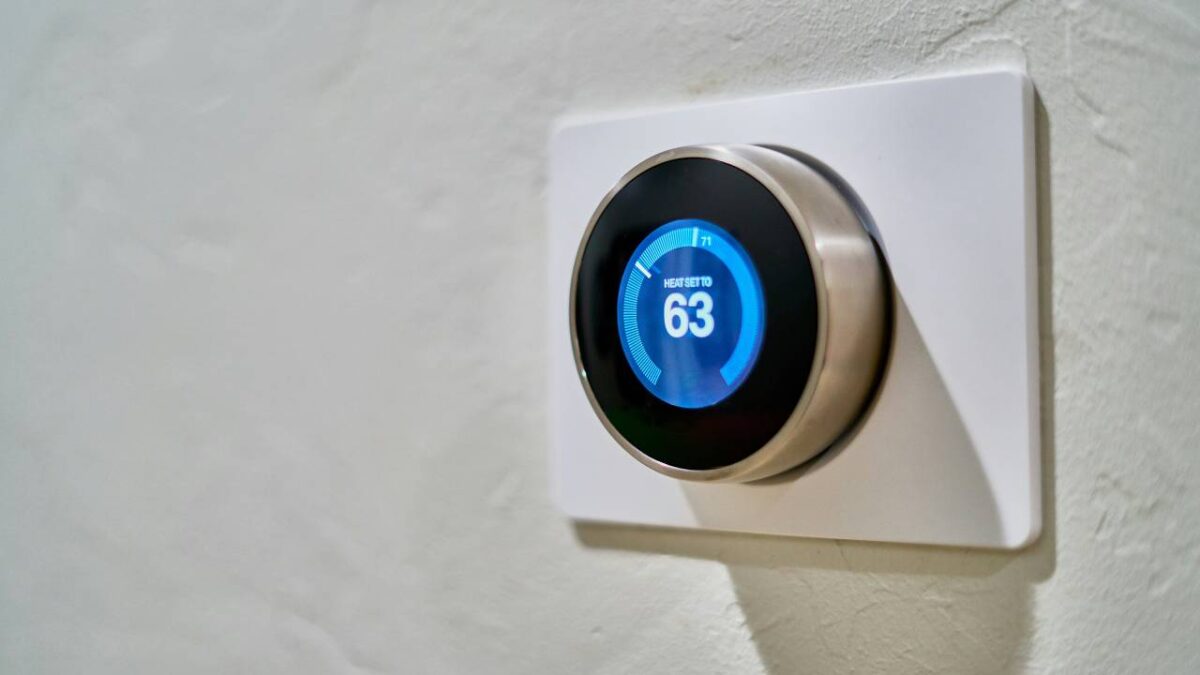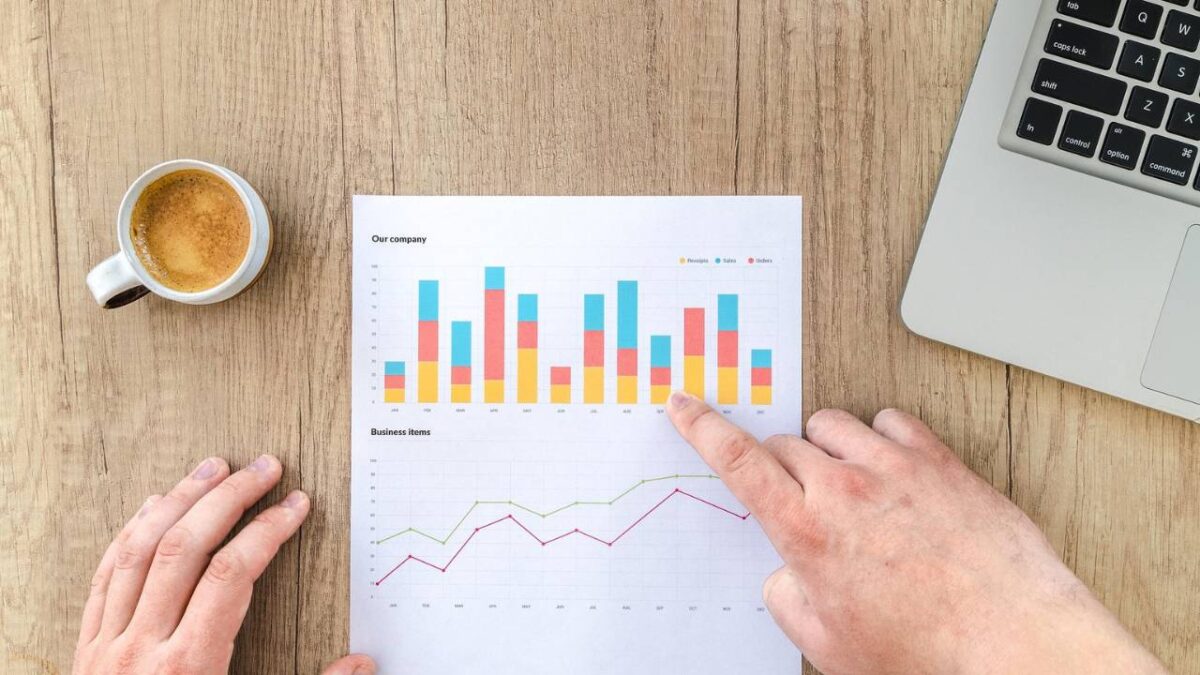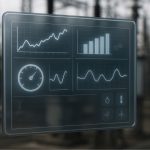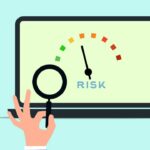Irish businesses remain committed to sustainability, recognising that environmental responsibility and cost savings can go hand in hand. By integrating energy-efficient practices into daily operations, enterprises can reduce expenses while contributing to long-term ecological goals. Sustainable design thinking is proving to be a practical way for companies to boost both profitability and resilience in a competitive market.
Understanding the Irish Business Landscape for Energy Efficiency

Irish enterprises are becoming increasingly aware of the impact of energy consumption on both the environment and their operational costs. Across various sectors, there is a growing focus on measuring and managing energy usage, prompted in part by more stringent regulations and new government incentives designed to support sustainable business models.
The Irish government has introduced grants and tax incentives aimed at encouraging companies to invest in energy-efficient technologies. These measures support projects such as upgraded lighting systems, renewable energy installations, and comprehensive monitoring tools. A notable trend is the move towards green infrastructure, as businesses look for long-term solutions that address both energy demands and environmental challenges.
Rising energy costs continue to be a major concern for Irish SMEs, placing increased pressure on organisations to redesign operations with efficiency in mind. This shift is driving investments in more efficient equipment, as well as a review of supply chains and logistics systems for potential energy savings.
Several Irish companies have achieved measurable success through targeted energy-saving initiatives. For instance, some manufacturing firms have implemented real-time energy monitoring and optimised their production schedules to minimise usage during peak hours. Others in the hospitality sector have focused on heat recovery systems and insulation upgrades, managing to grow their businesses while reducing overall energy consumption.
Strategic Energy Auditing and Baseline Establishment
Irish enterprises can benefit from thorough energy audits across all departments and functional areas. By methodically examining use patterns in lighting, heating, ventilation, and air conditioning, businesses identify where energy is most consumed and where inefficiencies arise. Special attention should be paid to overlooked systems such as water heating, refrigeration, and production machinery.
An effective energy audit encompasses regular operational hours, equipment maintenance routines, and changes in occupancy or production cycles. The process also involves reviewing controls and automated systems to ensure they function optimally rather than by default settings.
Establishing a clear, measurable baseline for energy consumption is essential. Quantifying actual usage—whether in kilowatt-hours, gas consumption, or other units—across categories such as office utilities, IT infrastructure, and transport supports meaningful comparisons. When assessing IT infrastructure, energy efficiency decisions must be aligned with business continuity in the digital age. This ensures that sustainability measures do not compromise essential service availability or data integrity.
A data-driven approach gives Irish businesses the information needed to make strategic improvements. By tracking consumption patterns over time, managers gain insight into the effectiveness of efficiency measures, informing future investments and helping maintain regulatory compliance. Reliable baselines also facilitate reporting for environmental certifications and stakeholder communications.
Implementing Smart Technology Solutions for Energy Management

Irish enterprises are increasingly turning to smart technology to refine their energy management strategies. By embedding intelligent building systems, businesses can monitor and control energy consumption in real time, leading to measurable efficiency gains. Customisable dashboards and data analytics now allow facility managers to identify areas of high energy use and make swift, informed adjustments.
Automated lighting controls are another effective approach for saving energy. These systems use sensors and timers to adjust lighting based on occupancy and natural daylight, reducing unnecessary usage and associated costs. Intelligent lighting can also be integrated with building management systems to optimise settings across multiple areas.
For temperature regulation, intelligent HVAC management enables more precise climate control. Adaptive scheduling, occupancy detection, and predictive maintenance features help reduce energy waste while maintaining comfort. These systems also allow remote monitoring, offering flexibility for on-site teams.
Companies with considerable IT infrastructure must prioritise electrical safety and stability when introducing new smart technologies. Those managing server facilities or data storage environments should consider Data Centre Safety customised solutions. These tailored approaches help maintain robust electrical safety standards while supporting a shift towards energy-efficient operations and infrastructure upgrades.
Creating Resilient Infrastructure for Long-Term Sustainability
Irish enterprises aiming for sustainable growth must prioritise infrastructure that withstands both environmental and economic challenges. Selecting energy-efficient design and construction materials, such as high-performance insulation and low-energy lighting, can significantly reduce overall power consumption in business facilities. Incorporating these practices from the outset helps limit energy waste.
Integrating renewable energy sources like solar panels and wind turbines offers companies a reliable means to decrease reliance on fossil fuels. Such systems can also provide backup during grid failures, supporting business continuity. Combining renewable generation with energy storage solutions further increases operational resilience.
Digital infrastructure requires careful planning for both security and sustainability. Efficient data management systems and cloud-based services reduce energy use and adapt more easily to growth or disruption. Choosing servers and equipment with proven energy efficiency makes these systems more robust over time.
Sustainable facility management should include regular maintenance and assessment to quickly identify inefficiencies. Ventilation systems, heating, cooling, and lighting benefit from smart monitoring to ensure consistent performance. Implementing these measures allows businesses to manage resources responsibly while planning for future adaptation.
Measuring Success and Scaling Sustainable Practices

Irish enterprises need to track progress by monitoring key performance indicators such as energy consumption, carbon emissions, and cost savings. These metrics provide clarity on the effectiveness of energy efficiency initiatives. Regular reporting allows organisations to identify trends, setbacks, and opportunities for further improvement.
To scale successful practices, businesses can consider standardising proven processes across multiple departments and locations. Sharing case studies and internal success stories encourages adoption by other teams. Having clear guidelines makes it easier to replicate achievements consistently.
Maintaining momentum relies on integrating sustainability goals into routine business management. Setting annual targets and reviewing progress at set intervals keeps staff engaged in continuous improvement. Leadership support is also essential in driving long-term commitment.
Communicating achievements is valuable for attracting customers and strengthening relationships with stakeholders. Publishing results in sustainability reports and sharing milestones on digital platforms helps build trust. Highlighting verified impacts can also enhance reputation and increase competitive advantage within the market.
Conclusion
Irish businesses aiming for sustainable growth should recognise that energy-efficient practices form a strong foundation for long-term success. By consistently assessing and updating their operations, they can achieve measurable cost savings, strengthen resilience, and improve their competitive position in the market. Enterprises are encouraged to start this journey by undertaking a thorough review of current energy use, setting practical improvement targets, and committing to continuous progress.






